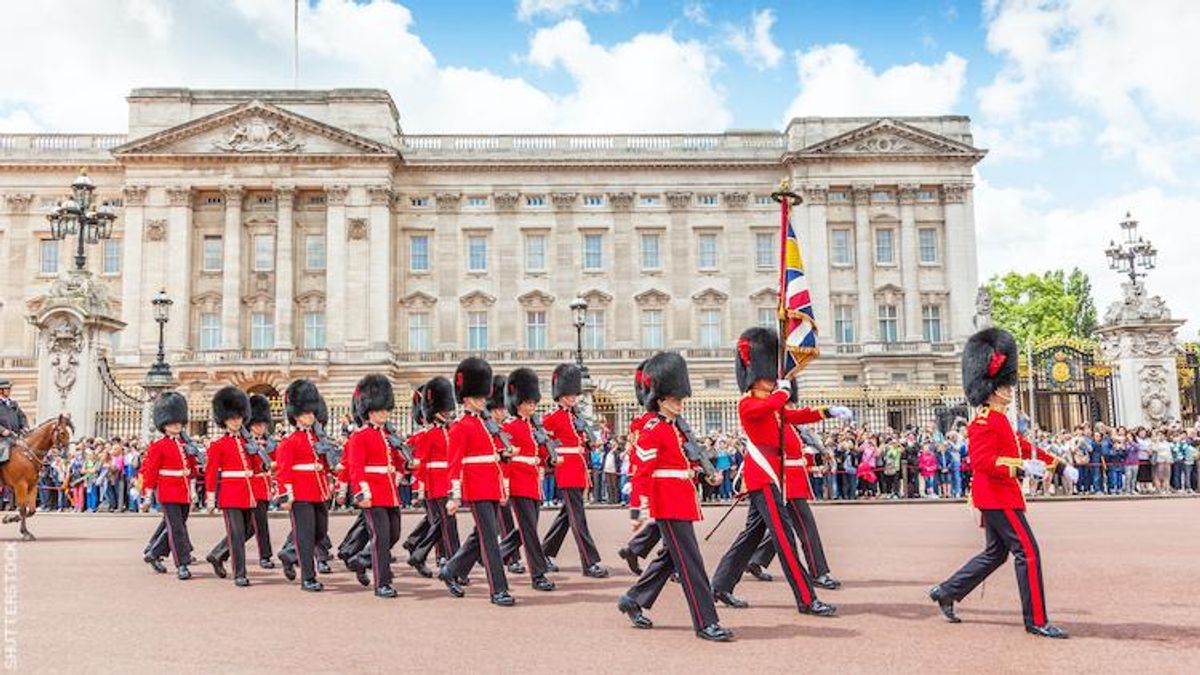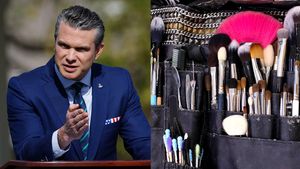In the 1600s, a gay brothel may have occupied the location where Buckingham Palace now sites, according to some historians.
The LGBTQ+ historian Norton Rictor wrote in 2013 that gay cruising spots and brothels may have started operating in London around the start of the 17th century, reported PinkNews.
The essay, "The Gay Subculture in Early Eighteenth-Century London," noted that Clement Walker, an English politician, wrote in 1649 about brothels and gay male sex workers.
He wrote that there were "new-erected sodoms and spintries at the Mulberry Garden at S. James's."
"Sodoms" referred to the brothels and "sprintries" to the gay sex workers, according to the outlet.
The Mulberry Garden is now the northwest corner of Buckingham Palace.
Rictor noted that people didn't have the language back then to label same-sex relations -- that goes for LGBTQ+ sex workers and non-sex workers.
"The commentators upon morality probably could not deal with the concept of homosexuality except by labeling its practitioners with terms borrowed from the underworld of heterosexual prostitution, and misleadingly use terms such as 'He-Strumpets' and 'He-Whores' even for quite ordinary gay men who would never think of soliciting payment for their pleasures," Rictor wrote.
He added that court documents at the time show that many of those caught in the act weren't participating in sex work though. "But the records of trials suggest that the mollies engaged in sex for pleasure rather than profit," he wrote.
The historian also pointed out that some high-profile figures were open about their queerness.
For example, poet John Wilmot wrote at the time, "There's a sweet, soft page of mine. Does the trick worth forty wenches."
And in another poem, Wilmot wrote more explicitly: "Nor shall our love-fits. Chloris, be forgot. When each the well-looked linkboy strove t'enjoy. And the best kiss was the deciding lot. Whether the boy [f*****] you, or I the boy."















































































